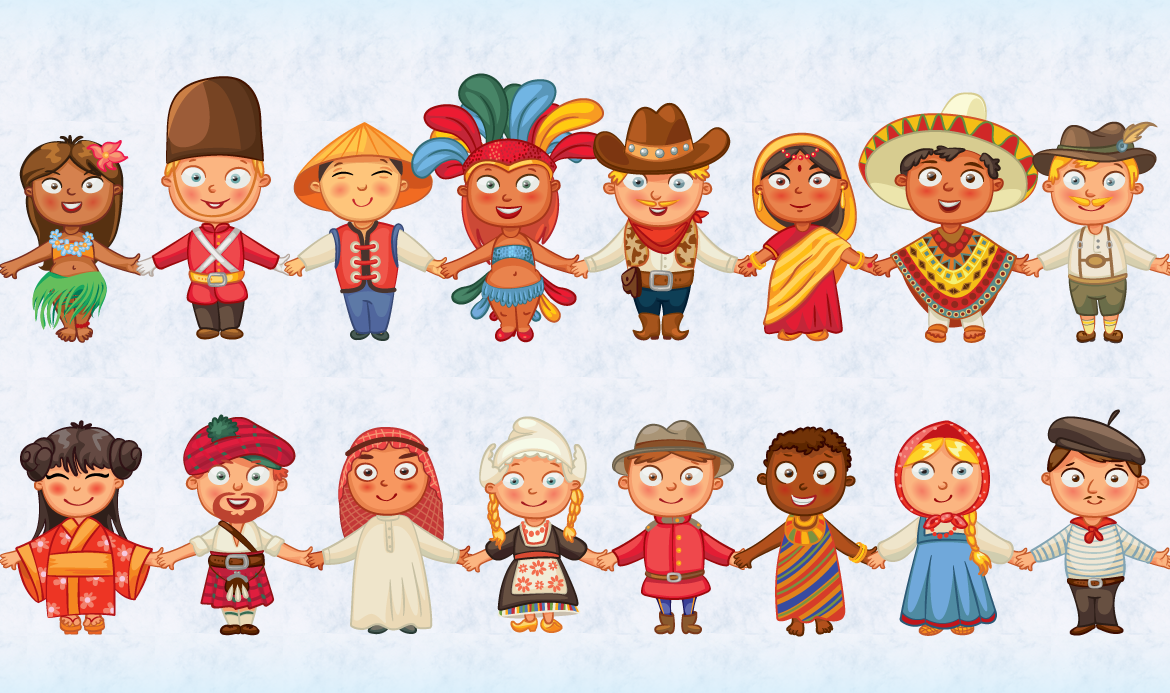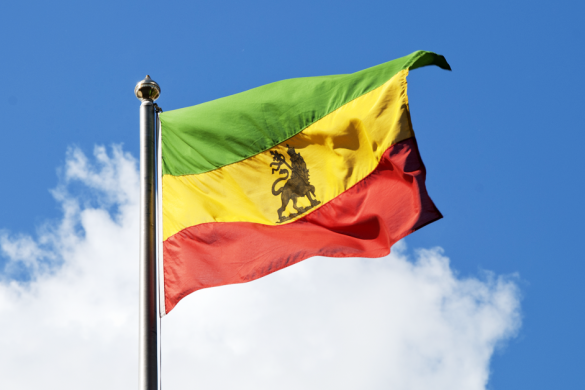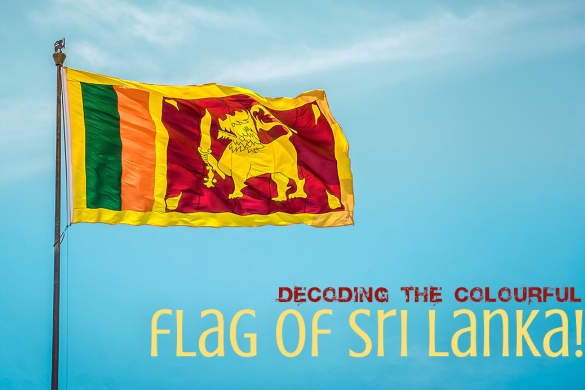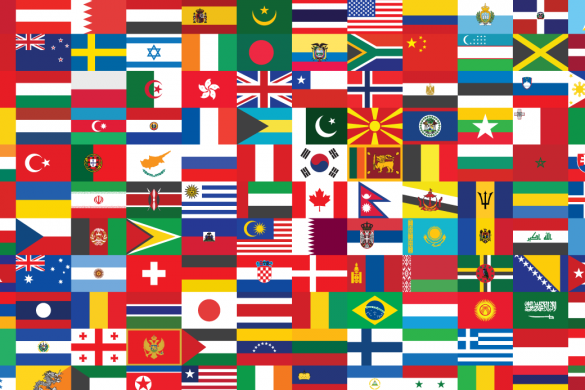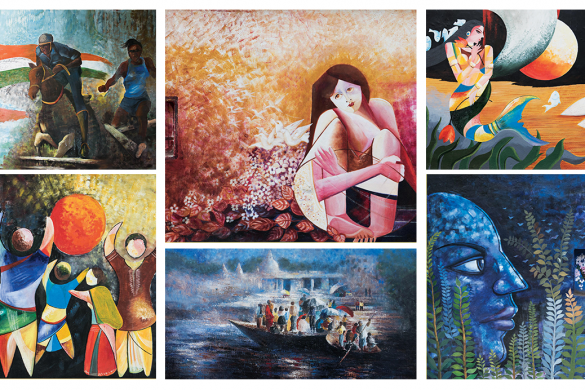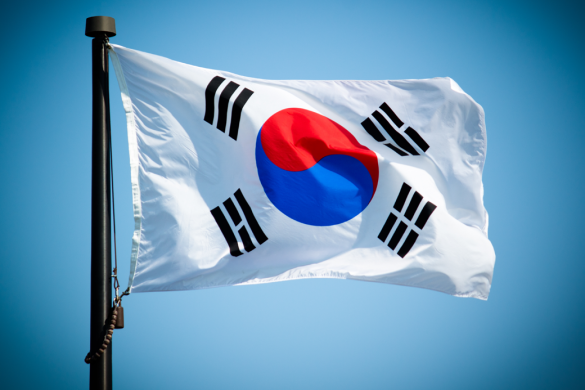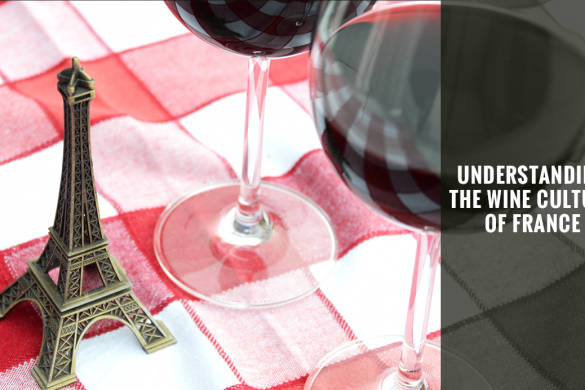Colours convey an idea or a message in a powerful way. Across the globe, the way different cultures see colours varies drastically. Understanding the meaning of colours in different cultures and religions can be useful as it can help prevent misunderstandings among those who may not share the same belief system. Here’s a look at three colours and what they symbolise in different places around the world.
RED
Eastern and Asian cultures
Red is the colour of happiness, joy and celebration. It is the choice of colour worn by brides on their wedding day as it is considered to bring luck, long life and happiness. Chinese restaurants often use this colour in America as it is believed to bring luck and happiness. In India, it is associated with life, anger and danger.
Western cultures (North America and Europe)
It is associated with power and has religious undertones when used with the colour green for Christmas.
Middle East
The colour red evokes feelings of caution and danger and is believed to be evil.
Latin America
In Mexico and some other Latin American countries, red is the colour of religion when used in combination with white.
Around the world
In China, it is worn to celebrate the Chinese New Year and bring good fortune, luck and prosperity.
YELLOW
Eastern and Asian cultures
Yellow is often worn by the members of the royal ruling class as it is believed to be sacred and imperial. In Japan, it is worn by rulers as it associated with bravery and courage. In India, it is the colour of commerce.
Western cultures (North America and Europe)
It is associated with warmth, summer and hospitality in most Western nations. In the United States, it is associated with transportation where one can see school buses, taxis and street signage in yellow. In Germany, it is associated with envy.
Latin America
Yellow is associated with death and mourning in many Latin cultures.
Middle East
In the Middle East, it is widely connected to happiness and prosperity, just like in the Western cultures.
Around the world
In several African nations, only people of high rank in society wear yellow.
PINK
Eastern and Asian cultures
It is considered feminine in the East and signifies marriage. In Korea, it is associated with trust. For several years, the Chinese did not recognize the colour but have welcomed it now in their culture due to Western influence.
Western cultures (North American and Europe)
Pink is the colour of femininity and indicates the birth of a daughter. It also represents fun, childhood and sweetness.
Latin America
Pink is associated with architecture and is often used as a colour for buildings.
Middle East
It does not hold any distinct meaning in Middle Eastern cultures.
Around the world
The colour is known to be mentally stimulating and calming. It is used in jail cells like Switzerland.
This shows that the way a colour is perceived depends a lot on the culture a person was born into. Understanding the cross-cultural meanings of colours helps communicate with people in a way that is both effective and culturally appropriate. Stay tuned for part two in our culture and colour series!
